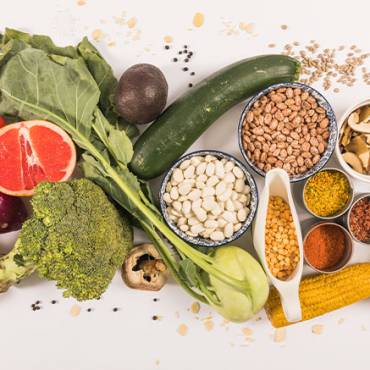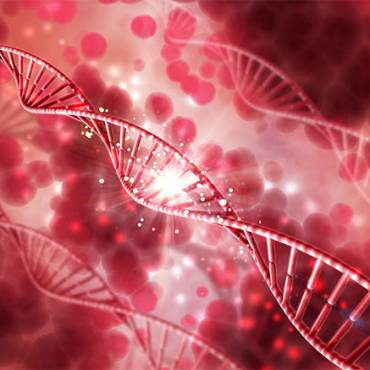What is Iron Deficiency Anemia (IDA)?
Our body needs iron to make haemoglobin, it is the protein in the red blood cells that carries oxygen. IDA is a type of anaemia when the body cannot full fill with its need for iron. IDA is a most common form of anaemia represented by low No. of red blood cell or low haemoglobin levels. More commonly seen in children and pregnant women. In India the prevalence of anemia in children (6-59 months) is reported as 56%, most common due to nutritional iron deficiency.
The Iron deficiency may adversely affect child’s health.
Symptoms of IDA
The most common symptoms include :
- Tiredness
- Lethargy (lack of energy)
- Shortness of breath (dyspnoea)
Less common symptoms include :
- Headache
- An altered sense of taste
- Pica – a desire to eat non-food items, such as ice, paper or clay
- A sore tongue
- Feeling itchy
- Hair loss
- Difficulty in swallowing (dysphagia)
Diagnosis: In most cases, anaemia is diagnosed with simple blood tests. Anemia screening with a haemoglobin blood test for all infants at 12 months of age can be done. The screening should also include a risk assessment which is based on a group of questions to find the risk factors for IDA. These include feeding problems, poor growth, and special healthcare needs.
• If the haemoglobin level is low, more blood tests are done.
• Blood tests for anaemia may also be done during routine physical exam or check-ups in children of any age.
Treatment: Treatment of IDA will depend on child’s age, symptoms, and general health. It will also depend on the extent of the anaemia, its cause, and the child’s tolerance to specific medications or therapies. Please consult the doctor for appropriate guidance.
In order to increase the iron levels in toddlers your doctor may advise following interventions:
Iron-rich diet: Iron deficiency is primarily treated through nutritional improvement. Eating a diet with iron-rich foods can help treat IDA. Add various food products rich in iron in your child’s daily meals.
Iron supplements: Apart from an iron-rich diet. Iron supplements can be taken over several months to increase iron levels in the blood, after consulting the clinician. Oral iron supplements are most often used to treat IDA as they are low priced, less invasive, have fewer side effects than parenteral route (via injection).
There are various oral iron supplements available in the market, please consult your doctor before consuming any of them, to know the exact dosage and possible side effects.
[expand title=References]
- Lalitha Kailas et al. An Untold Tale of Iron Deficiency Anemia. Indian Pediatr 2020;57: 575-576. Available at https://www.indianpediatrics.net/june2020/june-575-576.htm
- Nguyen PH, Scott S, Avula R, Tran LM, Menon P. Trends and drivers of change in the prevalence of anaemia among 1 million women and children in India, 2006 to 2016. BMJ Glob Health. 2018; 3(5):e001010. This is distributed under the Creative Commons Attribution 4.0 Unported (CC BY 4.0) license http://creativecommons.org/licenses/by/4.0. The article has been taken from the (BMJ Global Health), and the content has been modified for its use on the platform. This is attributed to (Nguyen PH, Scott S, Avula R, Tran LM, Menon P), and the original version can be found in the link below https://gh.bmj.com/content/3/5/e001010 . Trends and drivers of change in the prevalence of anaemia among 1 million women and children in India, 2006 to 2016. BMJ Glob Health. 2018; 3(5): e001010.
[/expand]
Disclaimer : This blog is brought to you by Cipla Limited(“Cipla”) for information and awareness purposes. NOT INTENDED AS A SUBSTITUTE FOR PROFESSIONAL MEDICAL ADVICE. Please consult your doctor healthcare professional before starting any treatment/medicine. Cipla shall not be responsible for the contents of this blog or for any opinions expressed or advice shared herein. Cipla makes no representations with respect to the accuracy, completeness, correctness, suitability, or validity of any information mentioned herein, and shall not be responsible for any direct, indirect, consequential, or other damages arising therefrom. The “CIPLA” mark and logo are the sole intellectual property of Cipla Limited. Image/ Characters shown are only for representation.”






